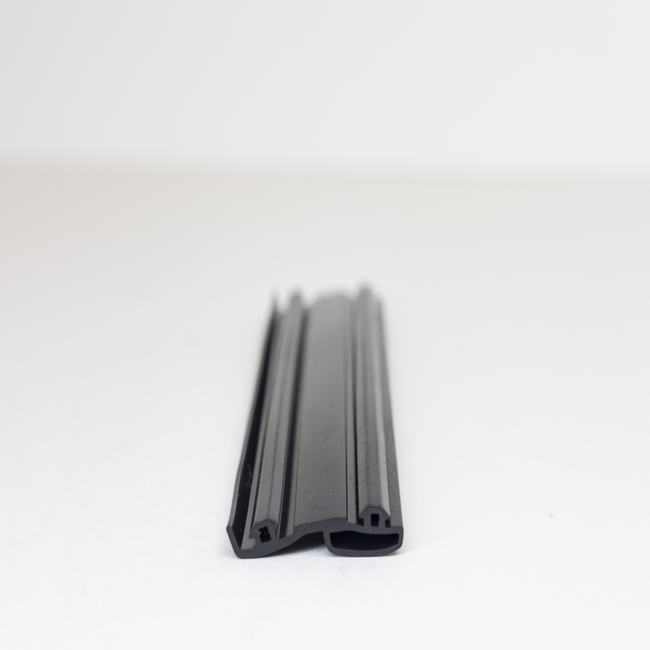Dilatation seals, also known as expansion joints or expansion seals, are crucial components used in various engineering and construction applications to accommodate the movement, expansion, contraction, or vibrations in structures and systems. These seals are designed to bridge the gaps or joints between different parts of a system or between adjacent structures while maintaining their structural integrity, functionality, and safety. Here, we’ll delve into a detailed description of dilatation seals, their types, functions, and applications.
Types of Dilatation Seals:
- Single-Arch Expansion Joints: These are basic expansion joints consisting of a single, flexible arch-shaped element that allows movement in one direction. They are used in applications where movement is primarily in one plane, such as pipeline systems.
- Double-Arch Expansion Joints: These joints are more flexible than single-arch joints and can accommodate movement in two perpendicular directions. They are suitable for applications where movement is more complex or multi-directional.
- Tied Universal Expansion Joints: These expansion joints use two bellows connected by a center pipe and tie rods. They provide increased movement capacity and are often used in applications where large lateral and angular movements are expected.
- Gimbal Expansion Joints: These joints are designed to absorb angular movements in multiple directions, making them ideal for systems where misalignment is a concern, such as in exhaust and ventilation ducts.
- Hinged Expansion Joints: Hinged expansion joints allow for rotational movement about a single axis while preventing axial or lateral movement. They are used in applications where controlled rotation is required.
- Pressure Balanced Expansion Joints: These are used in high-pressure systems to balance the pressure acting on the bellows, reducing the thrust force exerted on connected equipment.
Functions of Dilatation Seals:
- Absorption of Thermal Expansion and Contraction: Dilatation seals are often used in pipelines, ducts, and structures to absorb the expansion and contraction that occurs due to temperature variations. They prevent undue stress on the system and maintain its integrity.
- Compensation for Vibration and Movement: In applications where machinery or equipment generates vibrations, expansion joints can absorb and dampen these vibrations, preventing damage to connected components.
- Mitigation of Misalignment: Expansion joints are valuable for accommodating misalignment or slight positional deviations between two connected components. They help ensure a secure connection without inducing stress.
- Noise and Shock Reduction: By isolating and absorbing shock and noise, expansion joints contribute to a quieter and safer working environment, especially in industrial settings.
- Protection Against Corrosion: Some dilatation seals are designed with materials that resist corrosion, making them ideal for use in corrosive environments such as chemical plants or coastal areas.
Applications of Dilatation Seals:
- HVAC Systems: Expansion joints are used in heating, ventilation, and air conditioning systems to absorb movement and vibration, ensuring efficient and quiet operation.
- Pipelines: They are essential in pipelines for oil, gas, water, and other fluids to prevent leakage and damage due to thermal expansion and ground movement.
- Power Plants: In power generation facilities, expansion joints are used in exhaust systems, steam lines, and gas turbines to manage temperature fluctuations and vibrations.
- Bridges and Infrastructure: Expansion joints are critical components in bridge construction to accommodate expansion and contraction due to temperature changes and to ensure structural integrity.
- Petrochemical Industry: These seals are used in chemical plants and refineries to handle the extreme temperatures, pressures, and aggressive chemicals found in these environments.
- Shipbuilding: Dilatation seals are used in ship construction to allow for the movement of various components, such as bulkheads and exhaust systems, in response to the stresses of the sea.
In summary, dilatation seals play a crucial role in a wide range of engineering and construction applications, ensuring the durability and safety of structures and systems by accommodating movement, vibration, and thermal expansion. Their diverse types and functions make them versatile solutions for various industries, from transportation and energy production to industrial manufacturing and infrastructure development.

